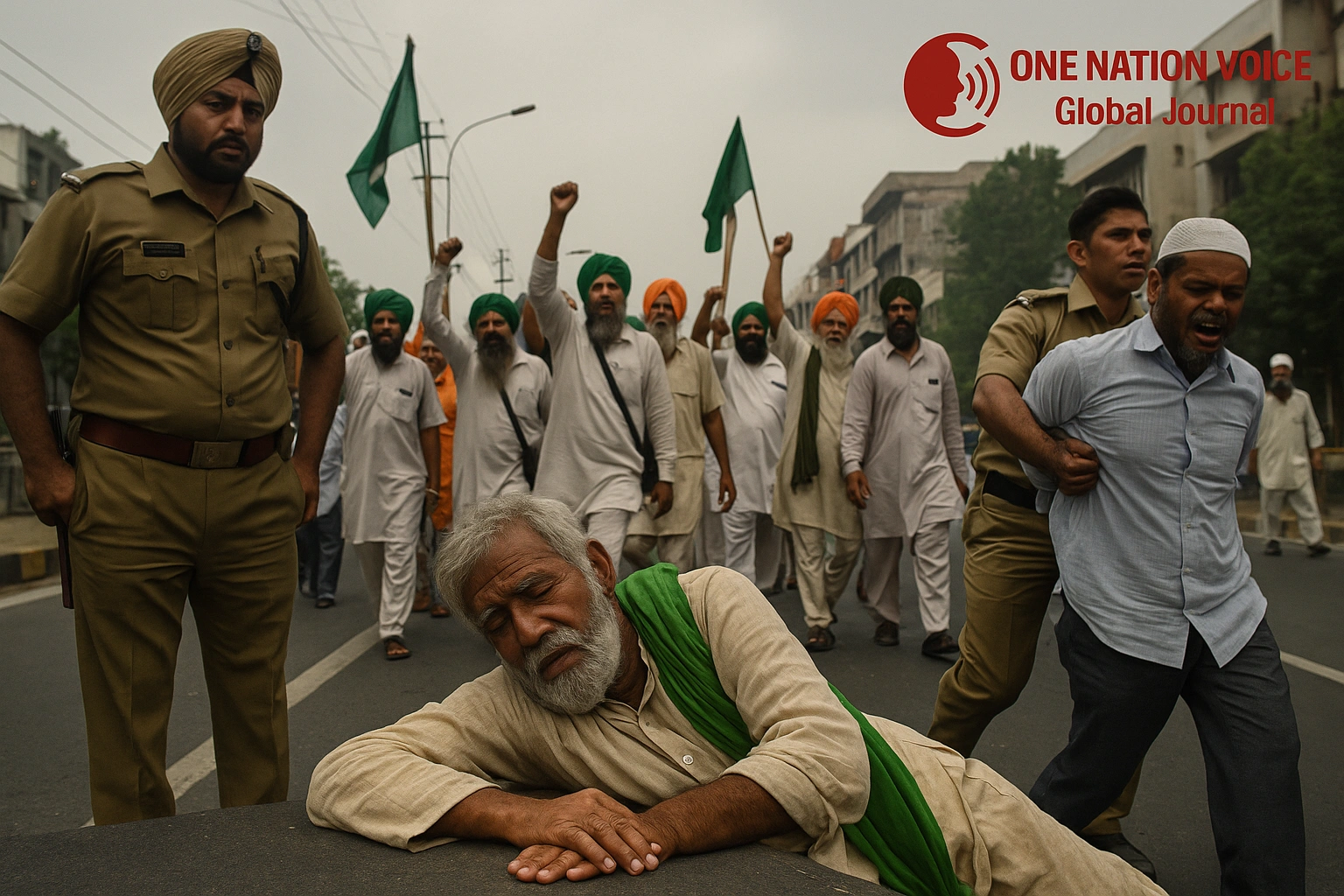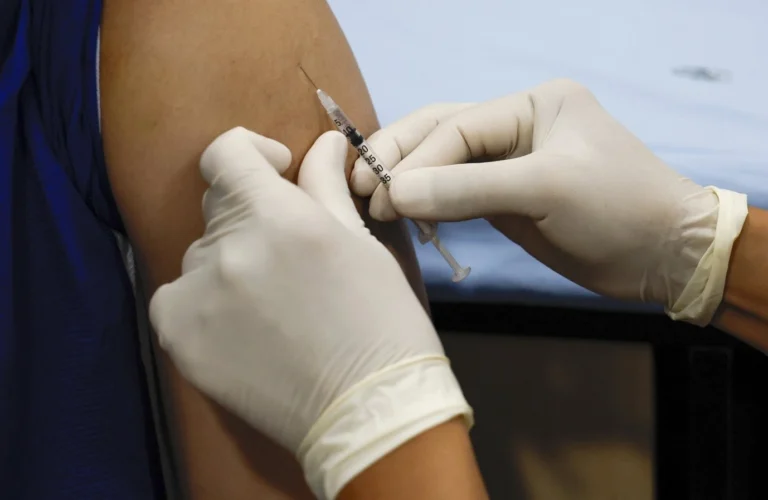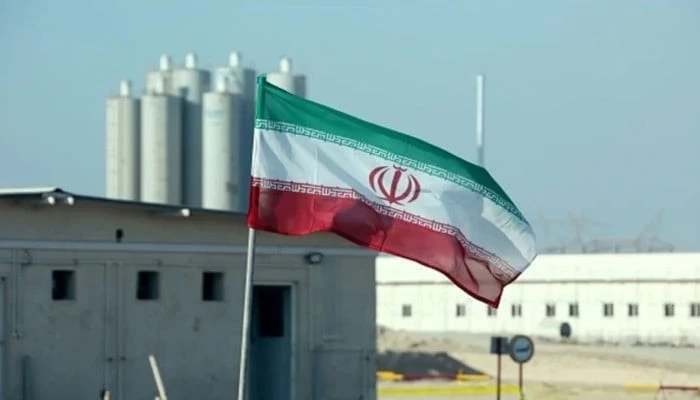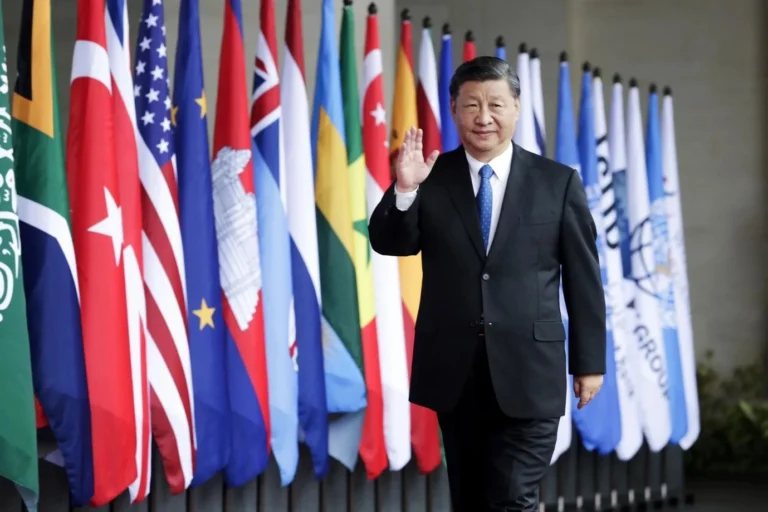The Human Rights Crises in India

The Human Rights Crises in India
Farmers Collapse and the Mistreatments of Modi Government
By 2025, India is reckoned to be in the grip of an all-time larger human rights disaster, and its epicenter can be seen in its farmlands thick and the weakest minority groups. Voted into power with the promise of making India a world-class state, a system of neglect, institutional apathy, and intolerance have resulted in a far worse situation under the BJP headed by Narendra Modi whereby the widening of existing rural India rifts the farmers, Dalits, and Muslims. These problems are not issues that can be eliminated completely, but rather they have made a trend.
The Agrarian Crisis: A Slow Motion Human Disaster
The most guttural manifestation of the destruction of the human rights in India is occurring in its farms. Maharashtra, which was a state that prided itself over its agricultural victory, has become a suicide capital of farmers. In the period of January–March 2025, alone, 767 farmers committed suicide, meaning an average of more than eight each day. This is a very sobering number that equals one farmer suicide every three hours.
These suicides are not mere statistics, but they are human tragedies that are directly related to failure of state. Only 373 out of 767 cases earned the right to compensation from the state, yet even then, only 327 families out of the set of 373 received the expected Rs 1 lakh payout by mid-2025, which is pathetic as the amount is not touched by inflation and mediocre in comparison to the loss sustained. The other cases were rejected (200) or languishing in bureaucratic despair (194).
Two every one of the areas are especially excruciating: Vidarbha and Marathwada. At Q1 of 2025, Vidarbha reported 257 suicides, with districts, as Yavatmal or Amravati, being the most affected. However, only 76 families were given any kind of state assistance. Then in Marathwada, it was even worse, 269 suicides within three months, that is 32 percent higher compared to Q1 2024. In the Hingoli district itself there were 24 deaths. A bleak scenario in the state was portrayed by the 269 cases of suicides that were also registered in Chhatrapati Sambhajinagar.
Such long-term trends are also incriminating. In 2024, 2,635 farmer suicides were registered in Maharashtra and 2,851 in 2023. It has been official since 2001 to have caused in excess of 39,825 suicides with at least 22,193 directly attributed to agrarian distress brought on by debts, crop failure and fluctuation in markets. Even then the state has paid only Rs 220 crore, as compensation in 20 years or rather a lame and disgusting reaction to a human tragedy of such a magnitude.
Neglect, Injustice and the Collapses of Governance
Instead of doing something decisive, BJP governments, one after another both in the state as well as at the central governments, have put up strict eligibility criteria and centered the bureaucracy seeing it as an obstruction to disbursing compensation to families that are truly in need. Tyrant leaders such as Rahul Gandhi and Vijay Wadettiwar have criticized the Modi government for criminal negligence and willful blindness. The legislative walkouts held in the Maharashtra Assembly have also verged on an argumentative call to reinstate higher reform, and government plans such as PM-KISAN (which produces benefits of Rs 6,000 annually) are gradually starting to be regarded as tokenistic as revolutionary.
Specifically, such a tendency of ignorance is not reserved to farmers. It constitutes a bigger governance failure setting ablaze caste-based and communal violence in India. The two mutually reinforcing crises (the one economic and the other sociopolitical) are the elements that constitute the basis of the human rights emergency that India is currently in.
Caste and Communal Violence: Increment of Impunity
India is in the siege of minorities, yet farmers are in pain without a voice. In February 2025 a driver of an auto-rickshaw in the Vaishali district of Bihar was beaten up brutally by upper-caste men, just because he had disclosed his caste and had refused to give way on the road, a gruesome, but increasingly frequent, way to shame someone using caste identity. The regional police did nothing.
Even worse, there was a wave of anti-Muslim cracking down that occurred during the Kanwar Yatra in July that covered Uttar Pradesh, Uttarakhand, and Madhya Pradesh. More than 50 Muslim young people got arrested without any charges. A couple of them were beaten up after they were arrested. These abuses were recorded in a joint Quill Foundation and Citizens for Justice and Peace fact-finding mission that sounded alarm bells on the complicity of the police.
This has not been quiet to international watchdogs. India was labelled by Amnesty International in their July 2025 bulletin as being a location that creates a state-sponsored impunity to caste and communal violence. The Special Rapporteur of the UN threatened shrinking civic space among Muslims and Dalits. According to the Human Rights Report released in April 2025 by the United States Department of State, the Modi government was criticized on allowing extrajudicial violence, suppression of minority rights as well as caste-based policing.
These are not singularities but a methodical erosion of justice, accountability and inclusivity, which is the landmark of any functional democracy.
A System Ailment of Rights and Ethics
Furthermore, when put together, all this is not indicative of social and political failure but of collapse at the moral and institutional levels. The agrarian crisis is not only an economic issue; it is also the issue of human dignity. Caste and communal violence is not only a question of law and order, but rather a question of equality and protection by the Constitution. The failure by the government, or maybe even unwillingness, to take authoritative measures on any of the two levels is indicative of a concerning process of the normalization of suffering and discrimination.
The rhetoric that the Modi government claims to have improved the lives of people through development suffers a major setback in the face of this morbid reality. The fields of Maharashtra and alleys of Vaishali, the custody cells of Uttar Pradesh and the protest grounds of Marathwada, the most vulnerable people of India are crying out in the name of justice and the state seems more and more reluctant to listen.
It is no longer a debatable point of the human rights crisis that is occurring in the rule of Modi government. It is a structural crisis that requires self-introspection in this country, as well as international investigation. India needs to act not by providing its token aid and mere superficiality, but it needs to react with interior change, structural that is, anchored on compassion, fairness and constitutional loyalty.
Until this time the silence of the state will be the greatest indictment of them all.












